CP Chair
CP Chair Specification
- Usage
- Hospital
- Finishing
- Powder Coating
- Regional Style
- Indian Style
- Material
- Mild Steel
- Maximum Loading
- 450 Kilograms (kg)
- Feature
- Eco-Friendly
CP Chair Trade Information
- Minimum Order Quantity
- 1 Unit
- Payment Terms
- Cash in Advance (CID)
- Supply Ability
- 10 Units Per Month
- Delivery Time
- 5-7 Days
- Main Domestic Market
- All India
About CP Chair
A "CP chair" primarily refers to a Cerebral Palsy (CP) chair, which is a specialized seating solution designed to provide support, stability, and comfort for individuals, particularly children, with cerebral palsy. Cerebral palsy is a neurological disorder that affects muscle control, coordination, and movement, leading to various challenges in maintaining posture and performing daily activities.
Here's a detailed description of CP chairs:
Purpose and Benefits:
- Support and Stability: The primary function of a CP chair is to offer robust support to the user's head, trunk, and pelvis. This is crucial for individuals with CP who often struggle with maintaining an upright posture and balance.
- Improved Posture and Alignment: These chairs are designed to promote optimal sitting posture, often with features that ensure the hips and knees are flexed at 90 degrees. This helps in maintaining skeletal alignment, preventing spinal deformities, and reducing discomfort.
- Enhanced Mobility and Independence: Many CP chairs come with smooth-running wheels, allowing users to "walk" or push themselves around while seated, increasing their mobility and independence within their environment. Some models also include standing frames, enabling users to transition between sitting and standing positions, which is beneficial for mobility and reducing complications from prolonged sitting.
- Facilitates Daily Activities: By providing stability and support, CP chairs enable users to engage more effectively in daily activities such as eating, playing, learning, and socializing, as their hands are freed for tasks.
- Therapeutic and Rehabilitative Aid: CP chairs are commonly used in therapy settings, schools, and homes to assist with physical therapy, occupational therapy, and rehabilitation exercises. They can help in strengthening core muscles, improving motor skills, and encouraging active participation.
- Reduced Fatigue: Maintaining proper posture and coordinating movements can be very energy-consuming for individuals with CP. A supportive chair helps conserve energy, allowing them to last longer throughout the day.
- Prevention of Secondary Complications: By supporting optimal posture, CP chairs can help prevent issues like pressure sores, respiratory problems, and further skeletal deformities that can arise from inadequate postural management.
Common Features:
CP chairs are highly adaptable and come with a range of adjustable features to meet individual needs, as CP affects individuals differently. Common features include:
- High Backrest and Contoured Seat: To provide maximum support for the spine and promote a neutral sitting position.
- Adjustable Features:
- Seat Height and Depth: To accommodate the growth of children and fit various users.
- Backrest Angle: Often adjustable for recline, allowing for resting or stretching.
- Footrests: Adjustable in height and sometimes detachable or swing-away for easier transfers.
- Headrest: Often adjustable in height, position, and angle, with optional side pillows for additional head support, especially for those with involuntary movements.
- Armrests: Provide extra support and secure boundaries.
- Supportive Straps and Harnesses:
- Chest straps/belts: To secure the upper body and prevent leaning or falling.
- Pelvic positioning belts: To maintain proper hip alignment.
- Abductor blocks/dividers: To keep the legs separated and prevent scissoring.
- Chest straps/belts: To secure the upper body and prevent leaning or falling.
- Mobility Features:
- Wheels/Castors: Smooth-running wheels for easy maneuverability.
- Central Brake: To ensure stability when getting in or out of the chair.
- Push Bar: Optional for caregivers to push the chair.
- Standing Frame: Many CP chairs incorporate a standing frame, allowing users to transition from sitting to a secure standing position.
- Activity Table/Tray: Removable or sliding tables that attach to the chair, providing a surface for play, learning, or eating.
- Durable Construction: Typically made from mild steel, wood, or aluminum, with sturdy frames to ensure long-term reliability and stability.
- Padded and Cushioned Surfaces: High-quality padding and breathable materials for comfort and to prevent pressure sores.
- Anti-tip Bar: For extra stability, especially if the user has involuntary movements.
Types of CP Chairs:
While "CP chair" is a general term, specific types include:
- Corner Chairs: Designed to be placed in a corner, providing support from two sides.
- Activity Chairs: Focus on supporting the child during various activities.
- Wheelchair-Stroller Hybrids: Offer both seating and mobility options.
- Chairs with Integrated Standing Frames: Allow for both sitting and standing positions.
In summary, a CP chair is a highly specialized piece of equipment crucial for improving the quality of life, promoting independence, and supporting the physical development of individuals with cerebral palsy. Its adjustable and supportive features are tailored to address the unique challenges posed by the condition.
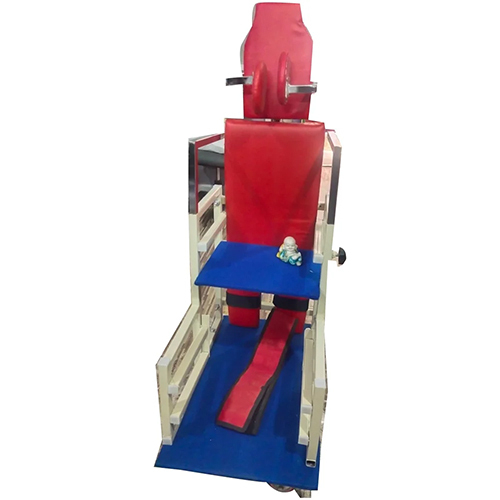

Price:
- 50
- 100
- 200
- 250
- 500
- 1000+
More Products in Hospital Furniture Category
Mild Steel Physiotherapy Suspension Bed
Price 18000 INR / Unit
Minimum Order Quantity : 1 Number
Feature : Corrosion Resistance
Material : Mild Steel
Usage : Hospital
Regional Style : Indian Style
High Low Treatment Table
Price 30000.0 INR / Unit
Minimum Order Quantity : 1 Unit
Feature : EcoFriendly, Water Resistance, Durable, Adjustable Height
Material : Iron
Usage : Commercial
Regional Style : Indian Style
Examination Wooden Hospital Couch
Price 7500.0 INR / Piece
Minimum Order Quantity : 1 Piece
Feature : High quality
Material : Mild Steel
Usage : Commercial
Regional Style : Indian Style
7.5 Feet Mild Steel Examination Table And Bed
Price 7500 INR / Unit
Minimum Order Quantity : 1 Unit
Feature : EcoFriendly
Material : Mild Steel
Usage : Hospital
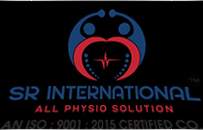

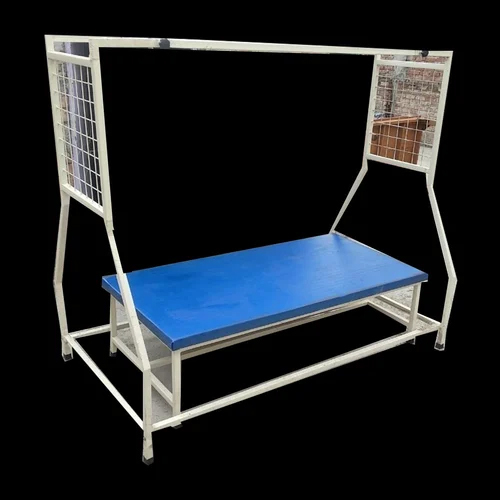
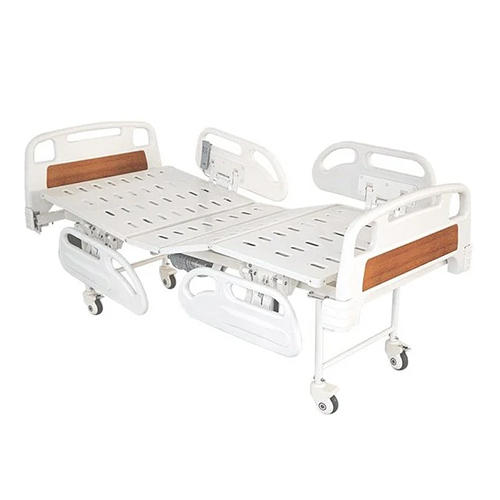

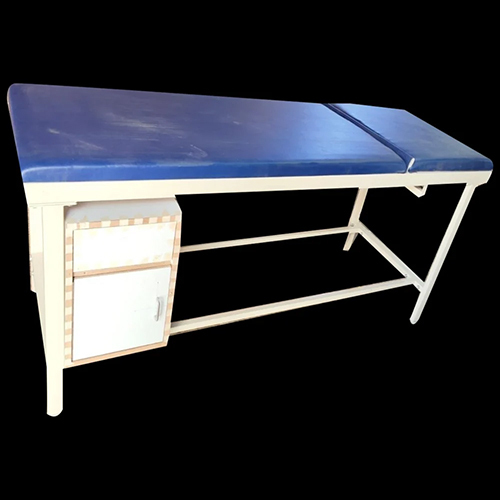


 Send Inquiry
Send Inquiry Send SMS
Send SMS